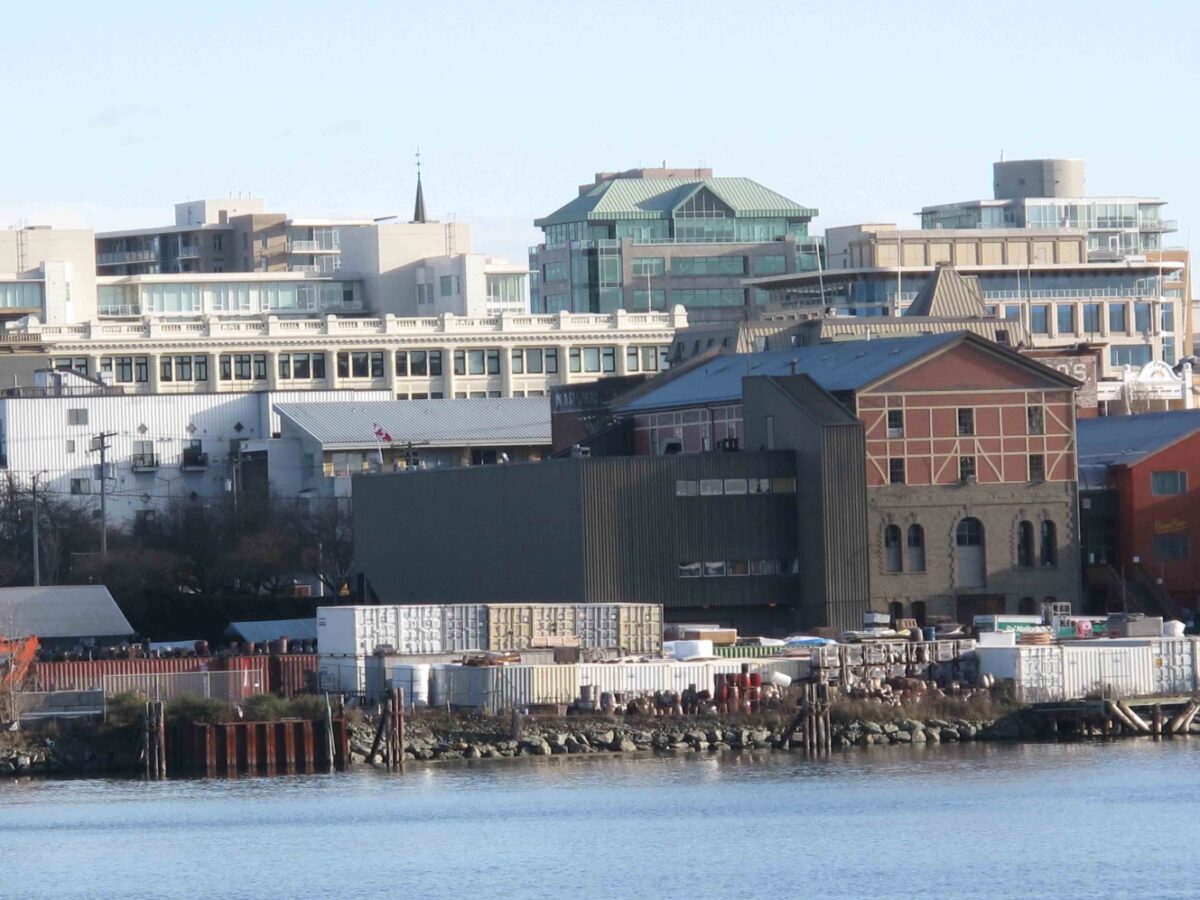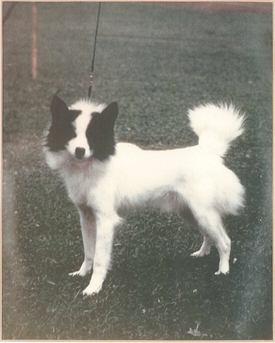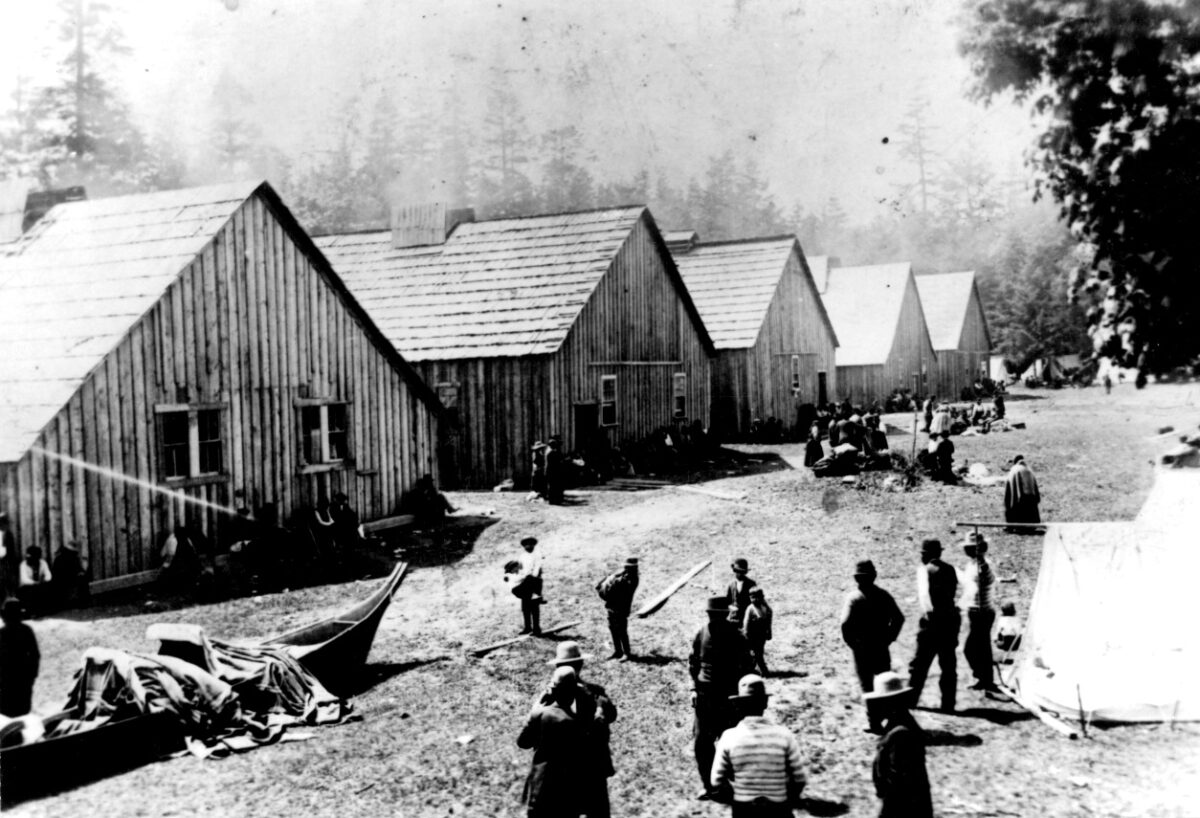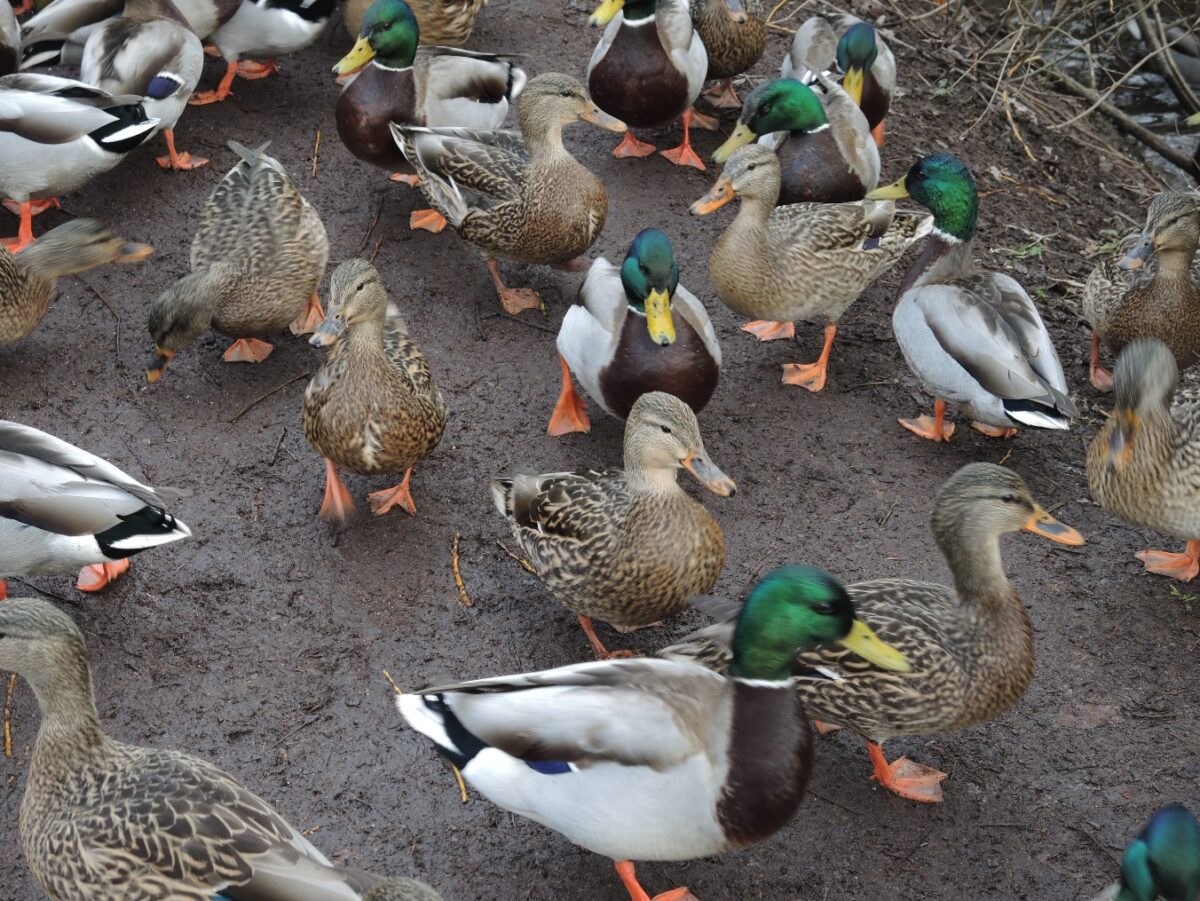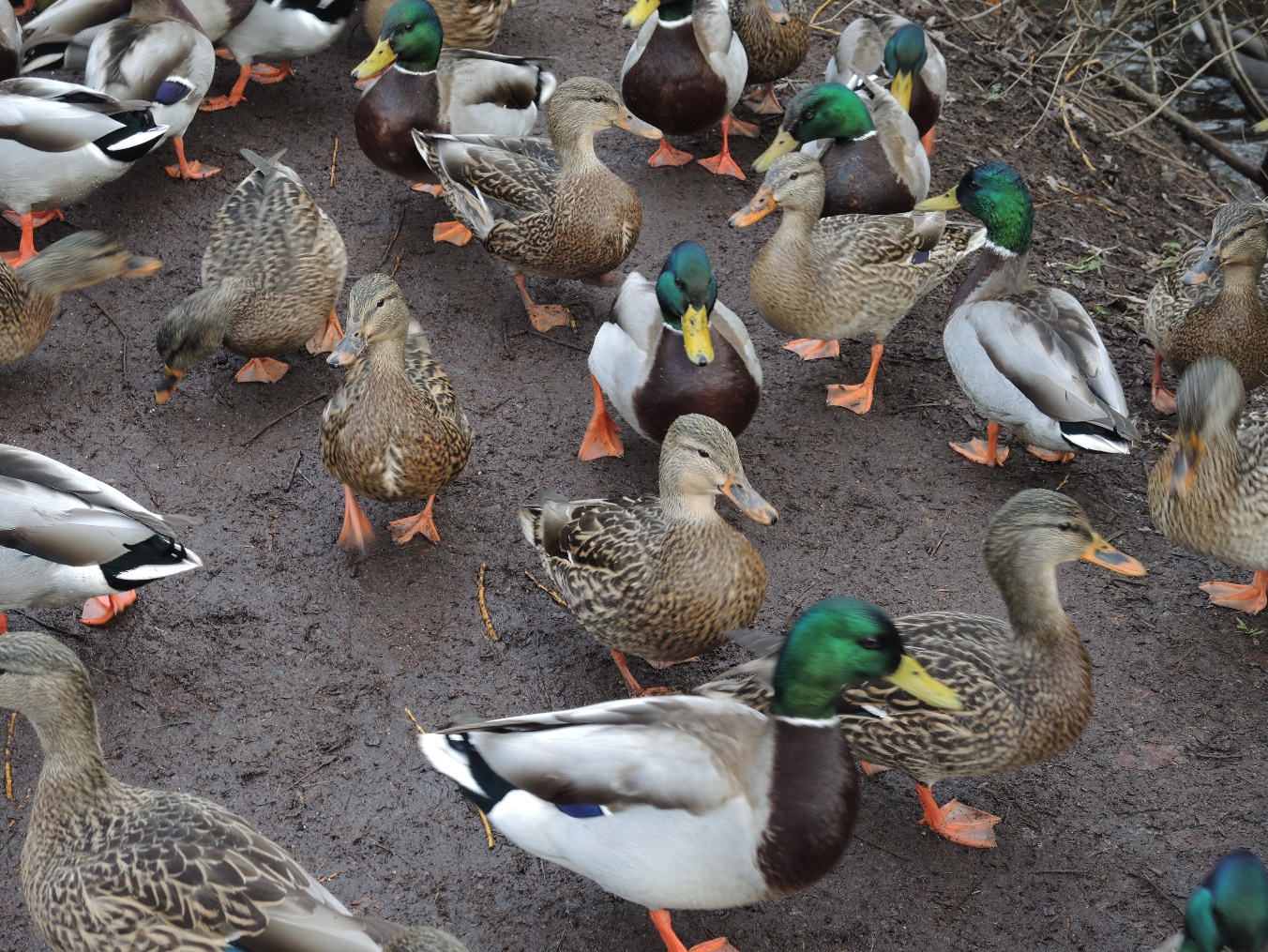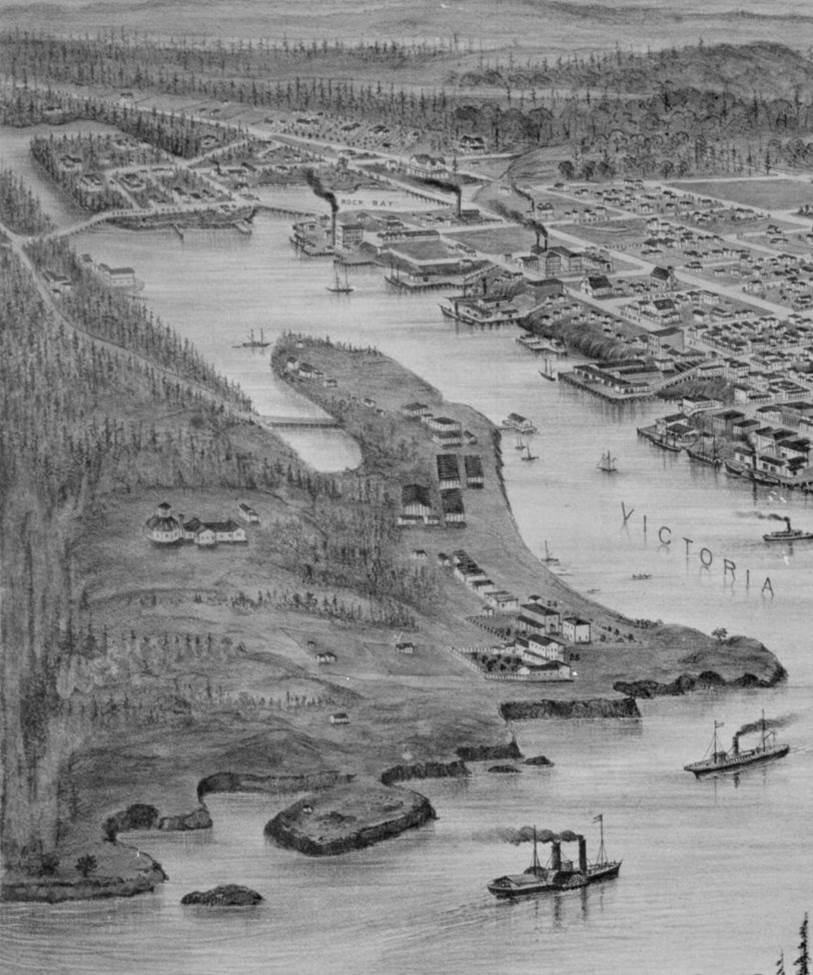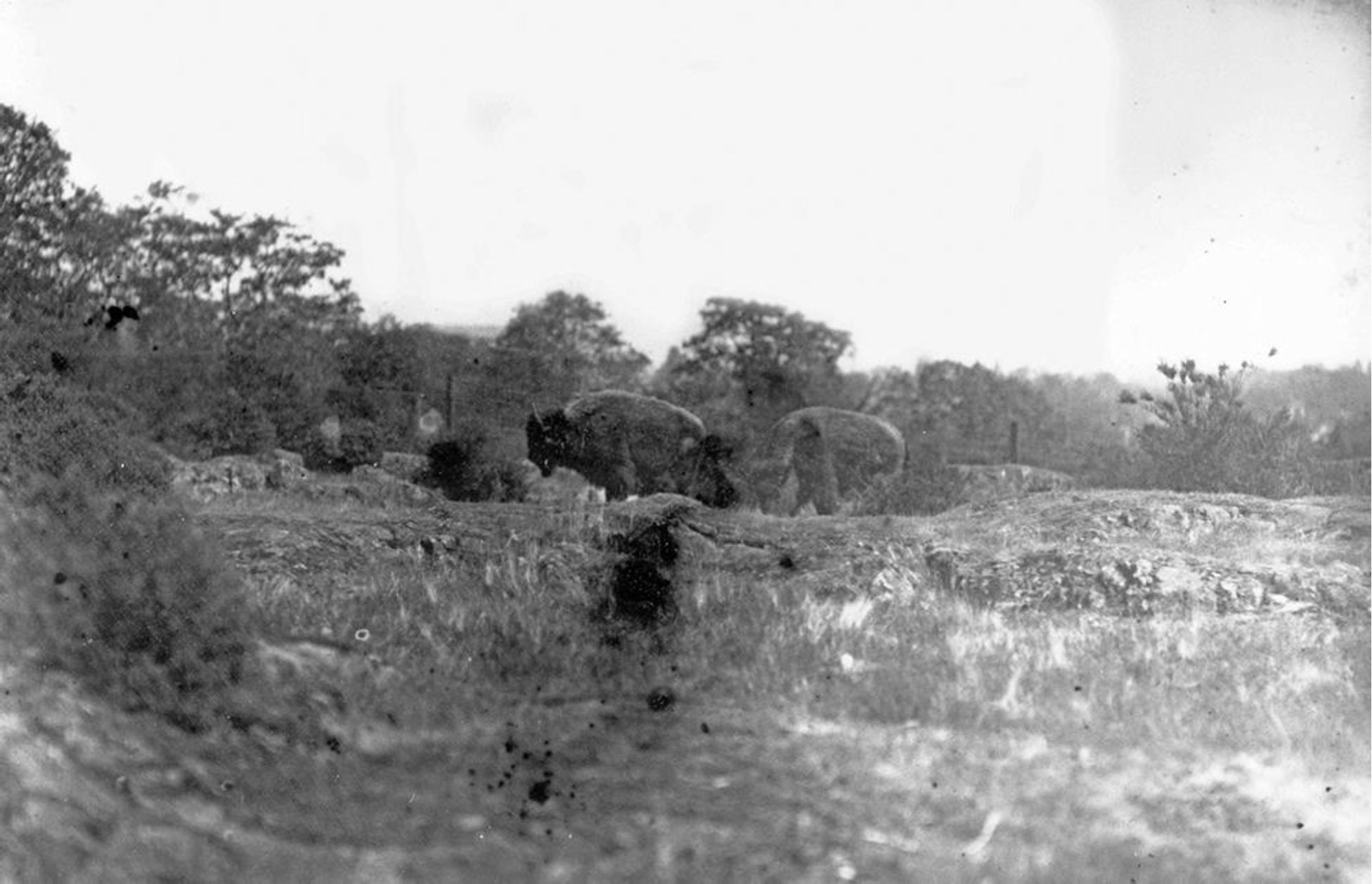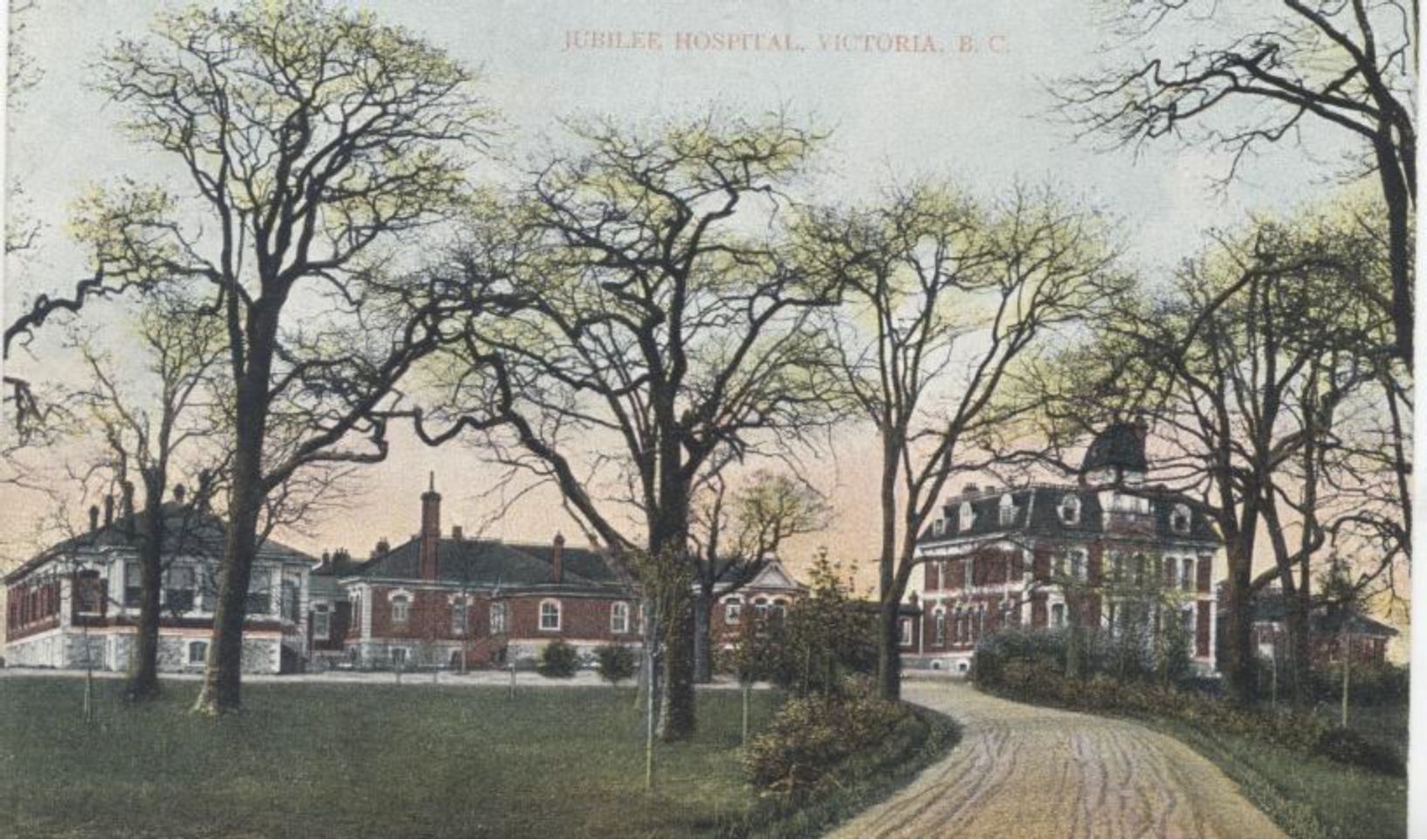
June 20, 2017. By Grant Keddie. Introduction Figure 1. Examples of the hundreds of books written about Sir Francis Drake. The Purpose of this article is to provide a background for those individuals who wish to understand more about the controversy regarding the voyage of Francis Drake to the Northwest Coast of North America. Where Drake landed on the Northwest Coast has been a subject of debate for over 170 years when it played a major role in the boundary settlement between Canada and the United States. Proper study of this topic would require the combined research of many experts in Spanish and English literary history, maritime history, First Nations cultures and language and the history of geography and map … Continue reading “Francis Drake on the Northwest Coast of America. Introductory Notes. Part 1.”
